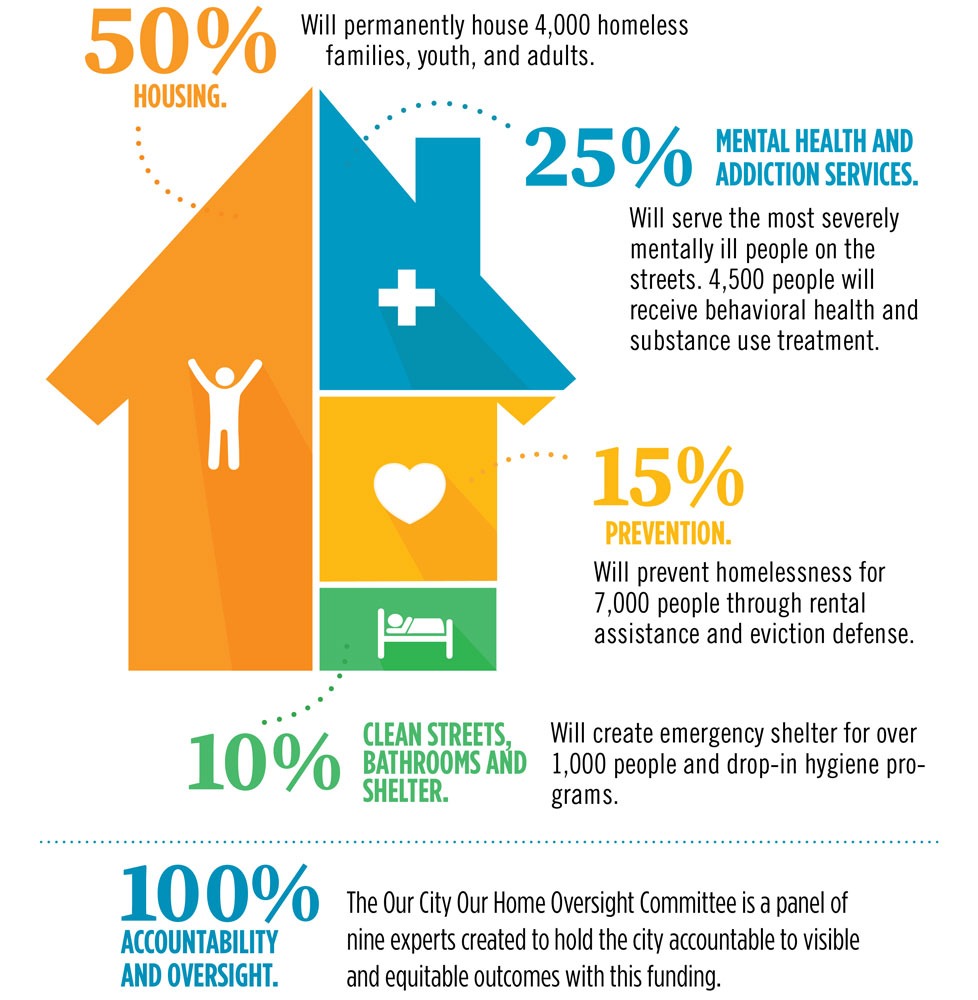
December 14, 2020; San Francisco Public Press
NPQ readers may remember Proposition C, San Francisco’s tax on the gross receipts of large businesses, which was intended for use to fight homelessness. Now, the $721 million that has been raised and could be spent before July looks tempting to city staff, who have appealed to the fund’s oversight committee to request diverting the money to fund other programs and services. Jennifer Friedenbach, the ballot measure’s author and executive director of the Coalition on Homelessness, says not so fast.
Proposition C requires that portions of the revenue go toward specific purposes: at least 50 percent for getting people directly into housing, including through short-term rent subsidies; at least 25 percent for mental and behavioral health services; up to 15 percent for homelessness-prevention programs; and up to 10 percent for hygiene programs and temporary housing like emergency shelters. The oversight committee must craft a spending proposal to the Board of Supervisors, which may modify it before voting on it. The committee is composed of four appointees each from the board and Mayor London Breed, as well as one from the city controller.
Friedenbach says that the money was never meant to pay for or expand existing programs but to support new initiatives. “We were very clear with voters: We are not going to supplant existing funding,” she said.
Sign up for our free newsletters
Subscribe to NPQ's newsletters to have our top stories delivered directly to your inbox.
By signing up, you agree to our privacy policy and terms of use, and to receive messages from NPQ and our partners.
Noah Arroyo, writing for the San Francisco Public Press, says “The full committee will weigh in on the proposals Tuesday with the intent of sending a spending plan to the Board of Supervisors’ Budget and Finance Committee, which might review it the following day.”
When proposed, Proposition C was expected to raise roughly $300 million a year. However, once passed, the law was challenged in court, with tax revenues held in escrow until the legality of the fund was established. With the final legal hurdles cleared in September, there is now $721 million available to spend on homelessness in San Francisco between now and July 2021.
Less than half of that sum is expected next year at an estimated $352.9 million, and $341 million is expected the following year.—Ruth McCambridge













